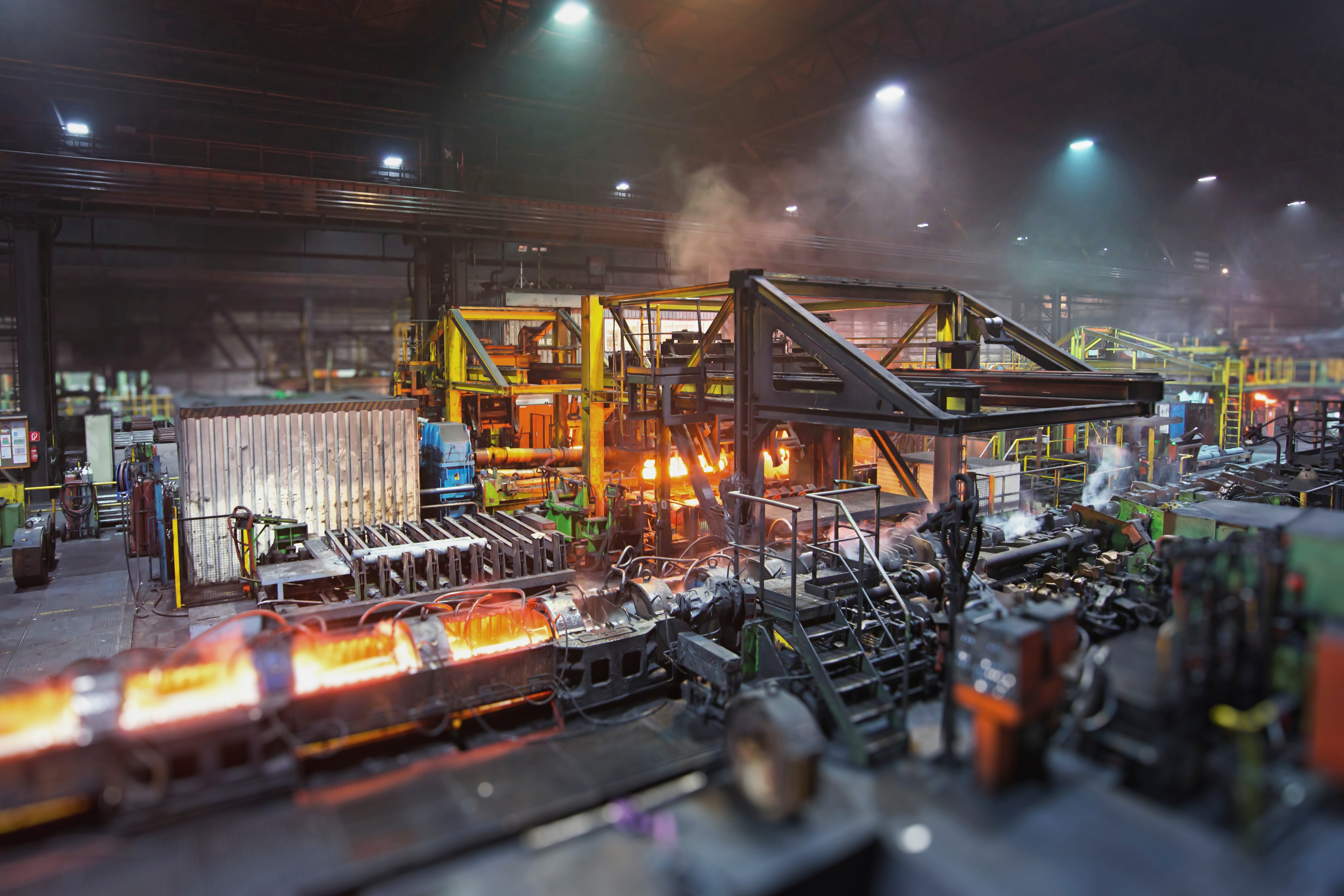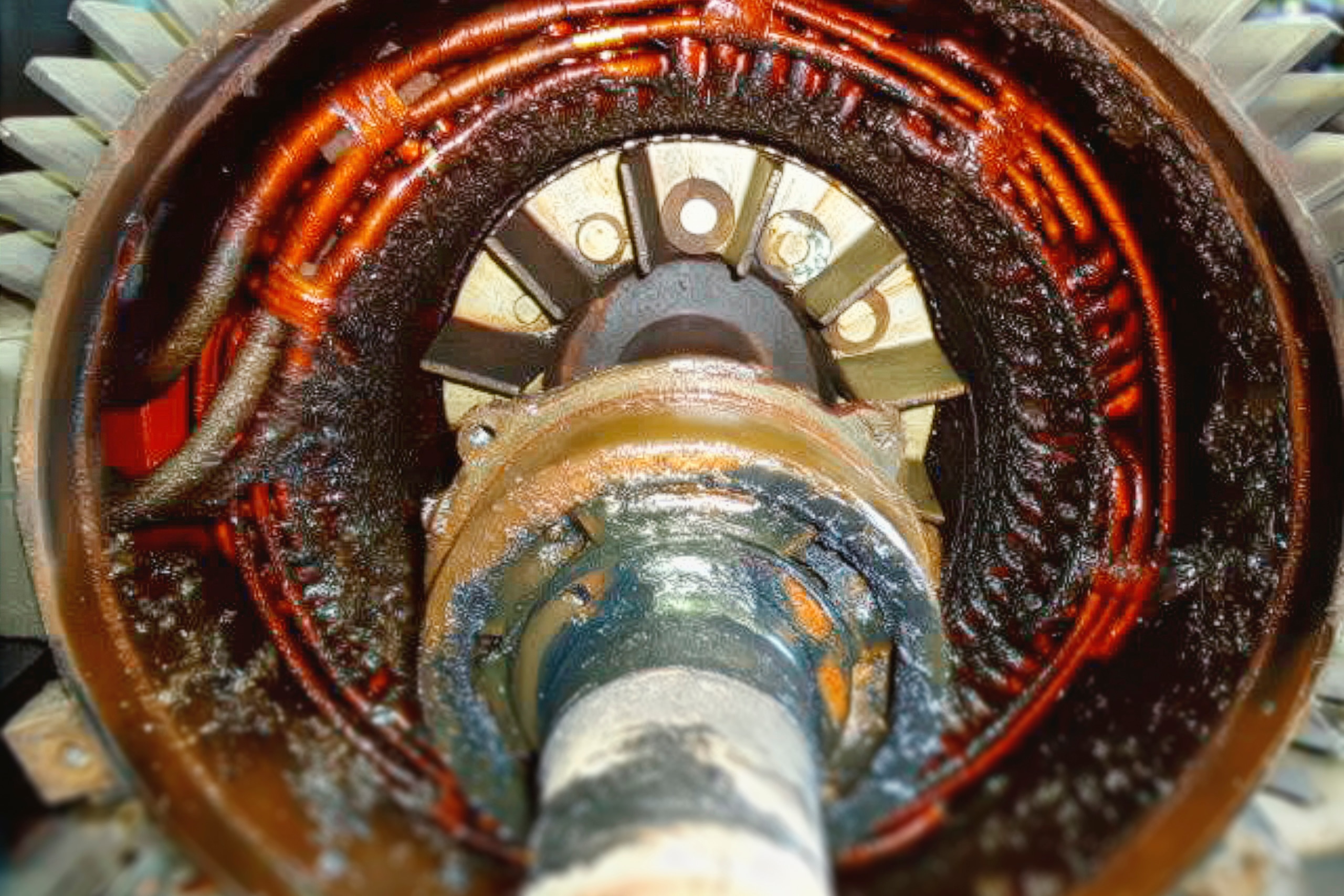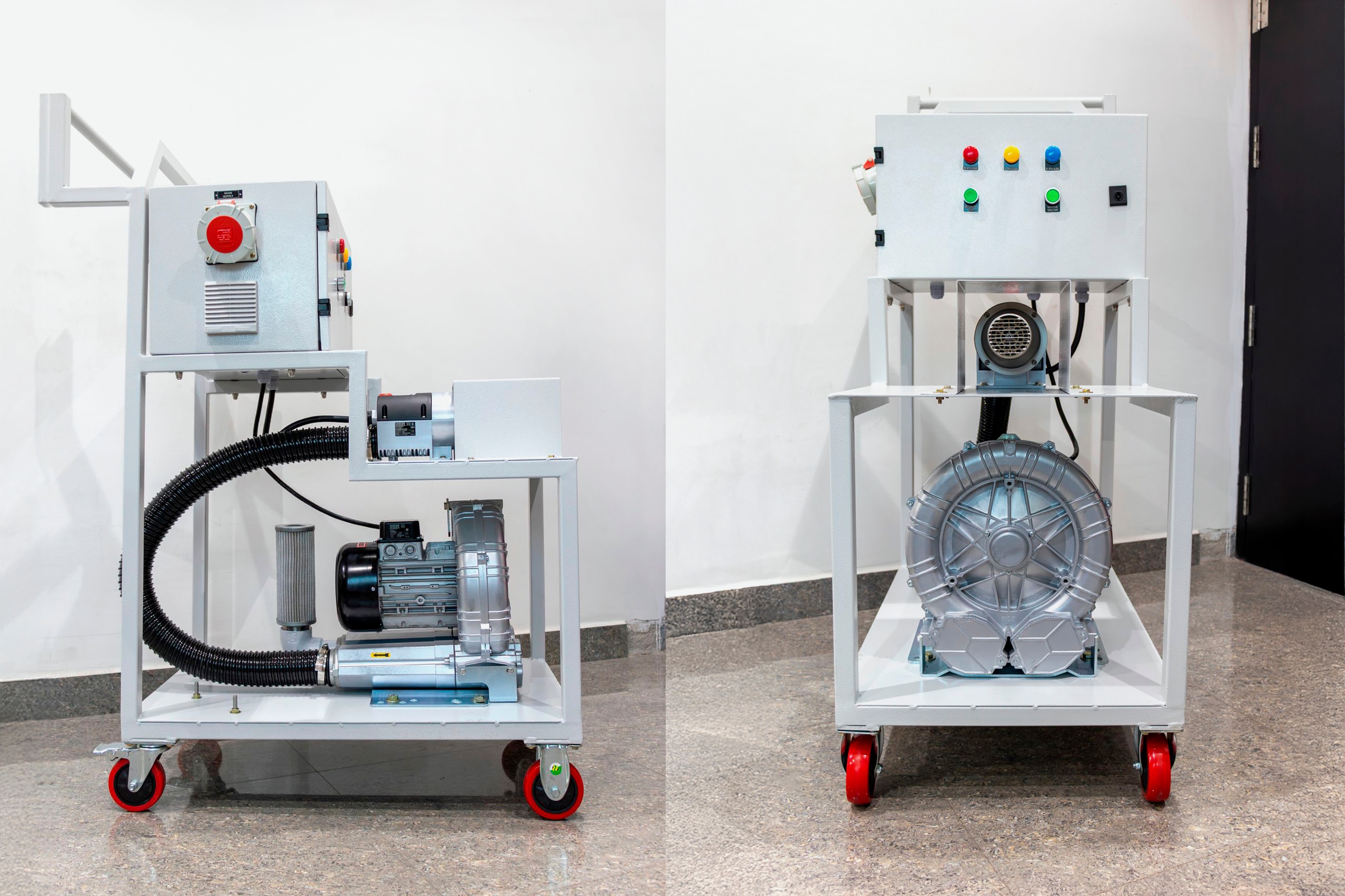Leister’s drying systems have already demonstrated their effectiveness at major industrial sites. At Jindal Steel & Power Ltd., the systems contributed to faster maintenance turnarounds and improved electrical safety. At Lanco Power Ltd., they helped reduce corrosion and part failures, enhancing the reliability of electrical panels. These implementations have led to shorter maintenance cycles, enhanced safety standards, lower failure rates, and increased operational reliability.
A senior maintenance professional from one of these plants shared their experience: “We were surprised at how efficient the drying process became after using Leister tools. Downtime is lower, and we no longer worry about moisture risks every monsoon.”
While still undergoing further validation, this first field tests have shown promising results. This initiative reflects Leister’s commitment to customer-driven innovation and its responsiveness to real-world industrial challenges.


